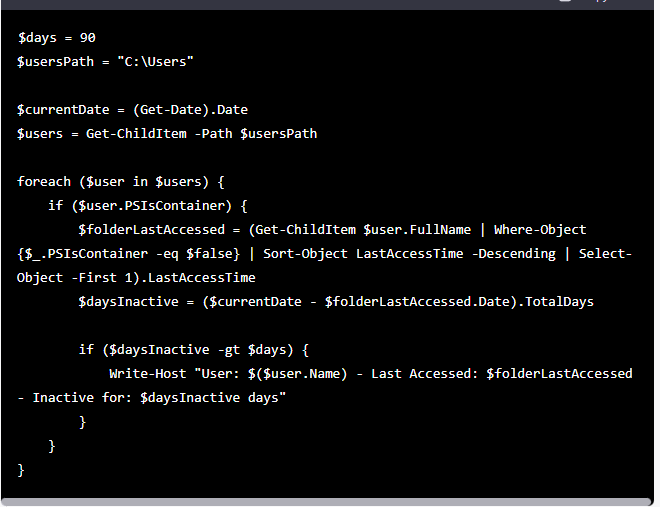- Master Arif
- +44(0)7790029002
- [email protected]
Burn ISO files using Command Prompt in Windows 10 / 8 / 7
How to Do a Continuous Ping test
March 17, 2016
What is the difference between Kbps and kBps?
July 13, 2016Burn ISO files using Command Prompt in Windows 10 / 8 / 7
Is it possible to burn ISO files in Windows using the command prompt? Sure you can. We’re not certain why anyone would want to go this route, but it is possible if you know how to do it. We know that people prefer to work using the command prompt in Windows for many reasons. Some of us might not know why, but it is a popular thing among advanced computer users.
To be honest performing this task is very easy to do, but make sure your computer is running Windows 7, Windows 8 or Windows 10.
We should point out that it is possible to do many things using the command prompt in both Windows and Linux. Some people may believe that using the command prompt to do stuff is just a Linux thing, but such is not the case.

Burn ISO files using Command Prompt
Let’s get down on how to get this done:
First, you will need to open the command line by right-clicking on the Start button, then click on “Run.” After that, type “cmd” in the box and press Enter. The command prompt will now appear in all its glory, but don’t feel intimidated by its ancient look, it won’t bite.
Type the following in the command prompt:
isoburn.exe /q [the CD/DVD writing drive]
The whole thing should look something like this:
isoburn.exe /q D: C:\Users\TWC\Desktop\image.iso
After just a few moments, the Windows Disc Image Burner should pop up showing that the task has been completed.
Now, for some folks, they might believe that since the process can be kickstarted using the command prompt, it must be possible to verify the image or close the Windows Image Burner window by also using the command prompt.
Well, you can’t, and you’re just overthinking the process. The system will require to manually close the windows by pressing X at the top.
There’s something we need to point out before we go. There is no need to type out “isoburn.exe” because the .exe is not necessary. This is due to the image burner file being situated in the system32 folder, so it is all good.
Let us know if you came across any issues and we’ll try to walk you out of it.


2 Comments
I like this website its a master peace ! .
Useful information. Fortunate me I discovered your web site unintentionally, and I am stunned why this coincidence didn’t came about in advance! I bookmarked it.